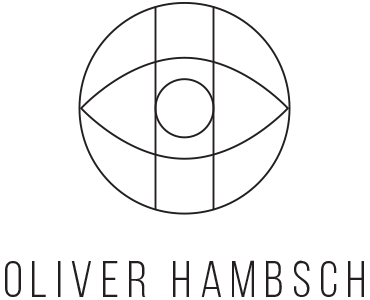“We require a visible past, a visible continuum, a visible myth of origin,
which reassures us about our end”
(Jean Baudrillard – Simulacra and Simulation)
which reassures us about our end”
(Jean Baudrillard – Simulacra and Simulation)
The Memory of Ghosts stems from a desire to explore my family’s collective memory and construct an understanding of my own cultural and familial identity. I’m a citizen of two countries: South Africa as my birth country and the place I have lived all my life, and Germany as my ancestral home, a place I have never lived in but feel a connection to through my home experiences. This split between cultural and geographic origin has led me to search for my identity within my family narrative. However, due to the destruction of the second World War, most of my family material heritage was lost. Death, loss, voluntary amnesia and silencing of history have left holes within my family narrative. The second world war therefore represents a form of curtain behind which my family history can only be glimpsed at through surviving anecdotes and relic photographs that have mostly been either completely or partially decontextualised. Their time, relevance and the emotional weight of the subjects captured can only be guessed at.
The images I used as subject matter are all photographs that I recovered from my family archive. Much like stills captured from a film reel, these photographs are fragments taken from a decaying chronicle. The photographic image acts as a reservoir for our collective memory, as evidence that told events actually happened, and as a memento mori – a way for us to reflect on our brief role within a much larger narrative that’s still developing.
In my work I’ve aimed to visualise the gradual narrative decay of memory, and the process of trying to retrieve what has already been lost. Photocopies, as a symbol of perfect and near infinite reproduction of an image, form a substantial part of my process. However, no copy is a true reproduction of the original image, nor are the copies identical to each other. The mechanical copy process always introduces flaws, similarly to how each retelling of a story changes it slightly. By photocopying the photograph consecutively up to twelve times – each time a copy of a copy – these flaws and changes are emphasised and enlarged. Each copy becomes more abstracted, losing as well as gaining information, until all I’m left with is an echo of the original. An element of randomness is also introduced by moving, enlarging or cropping the original image on the copier window during the copy process. Printer toner – a substance created purely for the perfect replication of an image – plays an important role in my images. The whole process, from image creation through to final printing, becomes a symbol for the transmission and decay of collective memory.
This body of work was created in accordance with the requirements for a Postgraduate Diploma in Fine Art at the Michaelis School of Fine Art / University of Cape Town.
